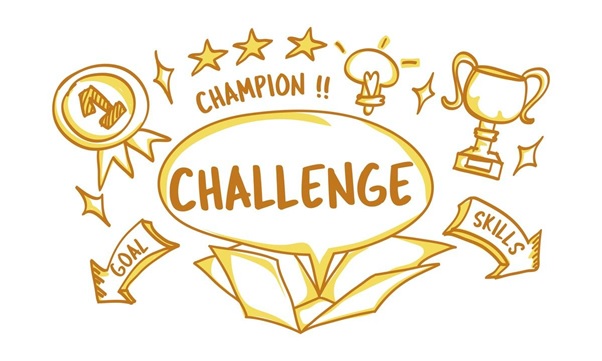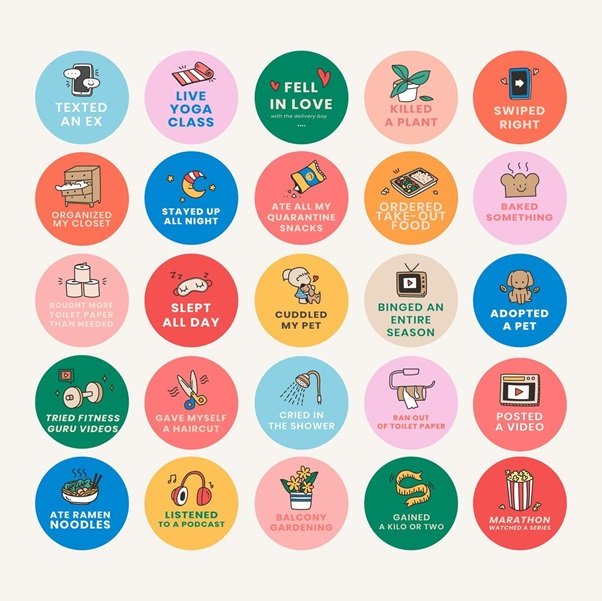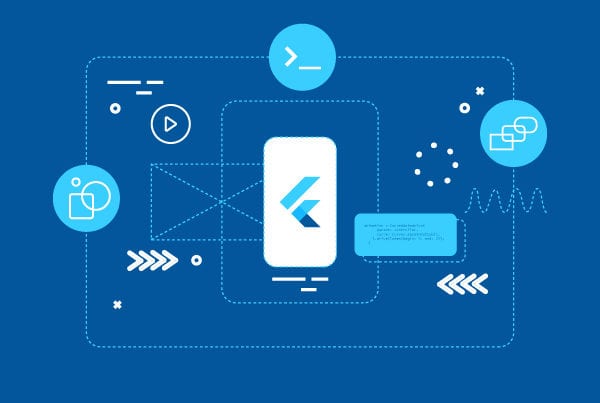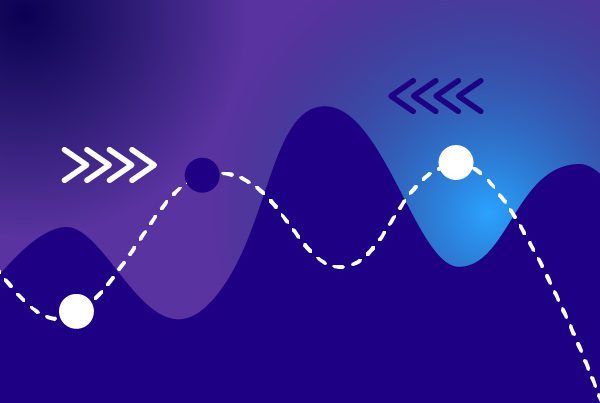Mobile app gamification strategies
It’s no secret that mobile games can be extremely engaging and profitable. In fact, the mobile gaming industry dominates the market and is expected to hit a revenue of $100 billion this year. So what if you could apply the principles that have so many millions hooked on games to your non-gaming app? Turns out you can! There are actually many ways you can apply strategies similar to a mobile game and reap the benefits when it comes to traffic and engagement. To do this, you’ll need to apply a concept called “mobile app gamification” and, in this article, we’ll focus on what it is and how it can help your app.
What is mobile app gamification and why use it?
Mobile app gamification consists of applying game dynamics to a “regular” app. This approach revolves around users and focuses on adding fun features that will keep them coming back to your app. Gamification lets users compete with others or set goals for themselves, fostering a sense of achievement and creating motivation. This can be done through an array of different strategies that can go from implementing reward systems to setting up leaderboards.
This is important since, even if your app is appealing enough for users to download it, it might not succeed at retaining them. Fortunately, gamification gives users a unique experience that increases the chances of improving user engagement and stickiness.
How can I gamify my app?
Here are just some examples of what you can do to gamify your mobile app. Of course, these can be combined to make the experience even better.
1. Challenges and rewards

Challenges that offer rewards motivate users and encourage them to keep using the product. You can challenge users to perform specific tasks in your app or meet certain goals. Once they’ve completed a challenge, you provide them with a reward. This reward can simply be awarding a medal or a new avatar when users make certain progress on the app. If you want to go a step further, your reward could also be unlocking a specific feature.
An example of a mobile app that uses this strategy is Habitica, a productivity app that uses different types of rewards (both in-game and custom) to motivate users.
2. Leaderboards
We are naturally competitive beings and leaderboards are a great way to take advantage of this. Seeing their name on a leaderboard or climbing up the ranks of one can be very motivating for users.
An example of this would be Strava, a running and cycling app that features a “Top 10” leaderboard.
3. Virtual goods
These are similar to rewards but have longer-term value. Virtual goods are common in loyalty programs (such as frequent flyer miles) and involve users earning points that can later be exchanged for specific goods.
An example of this is Pocket Points, a mobile app that gives students points for not using their mobile phones during class. Those points can then be redeemed for deals in local shops or rewards from teachers, such as tardy slips or snacks.
4. Badges

Similarly to leaderboards, badges (or achievements) bring out users’ competitive side. Badges can be used to encourage users to perform specific tasks in your app or to return to it regularly.
In addition to a leaderboard, Strava also provides badges when users complete certain challenges, making it a good example of a mix and match when it comes to mobile app gamification.
5. Progress displays and experience points
Some people struggle when it comes to reaching their goals. A progress display can be a great motivator for them, whether they are working a fitness program or learning a new language. Experience points are a similar strategy where you can add different levels for users. You can combine these features with badges or rewards, for example, to enhance the experience even more.
A good example of this strategy is Bounty Tasker, a productivity app that grants experience points every time users complete a task. Each user also has an app character and, as they level up, they receive different items to customize it.
Mobile app gamification final thoughts
Mobile app gamification can make the difference between you and your competitors by making routine or ordinary tasks fun. It is a great tool to increase user engagement and stickiness. However, like with any other marketing strategy, you have to work hard to adapt it to your app and your audience and offer the best possible experience for your users. When used right, though, it can add value for your target audience and increase your chances of success.





